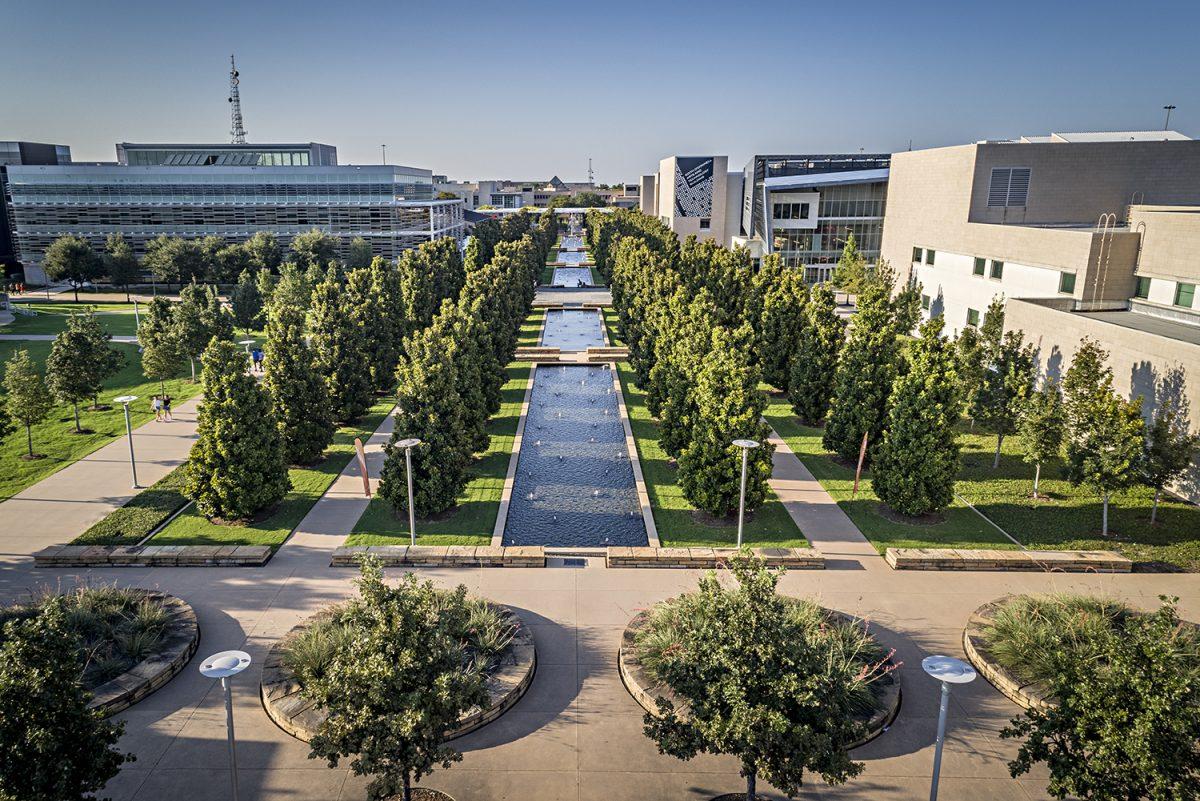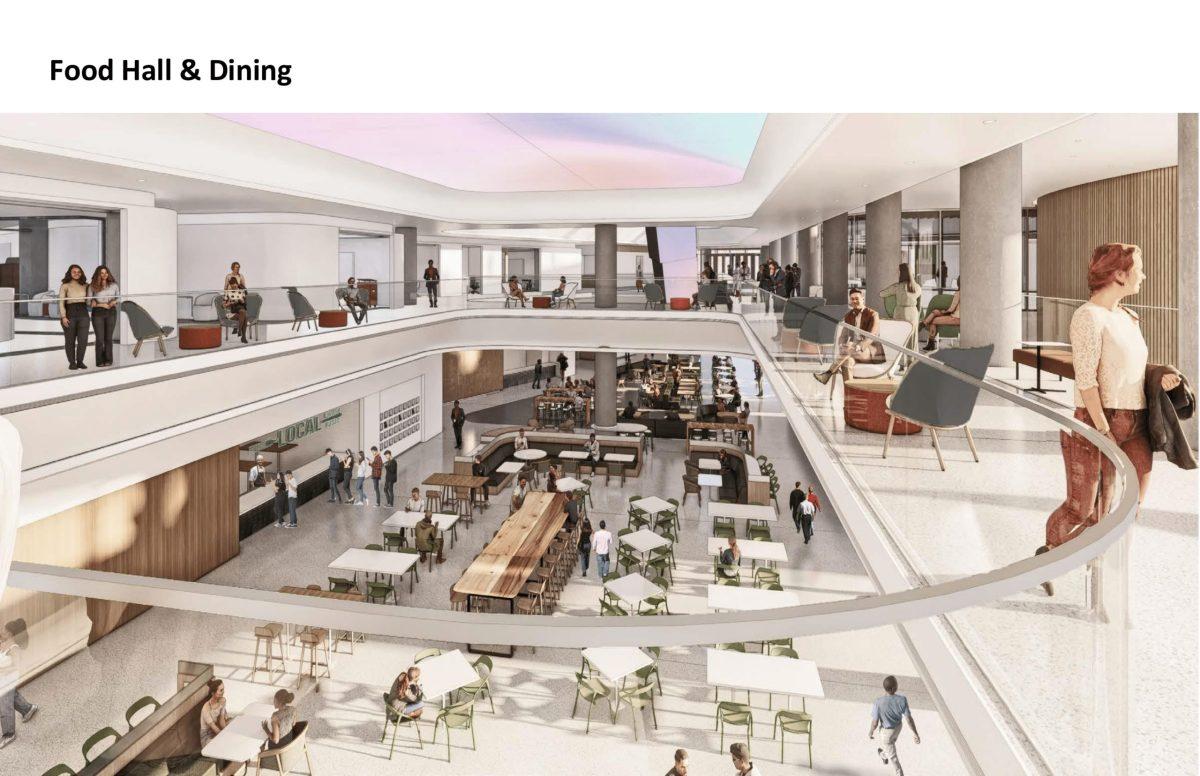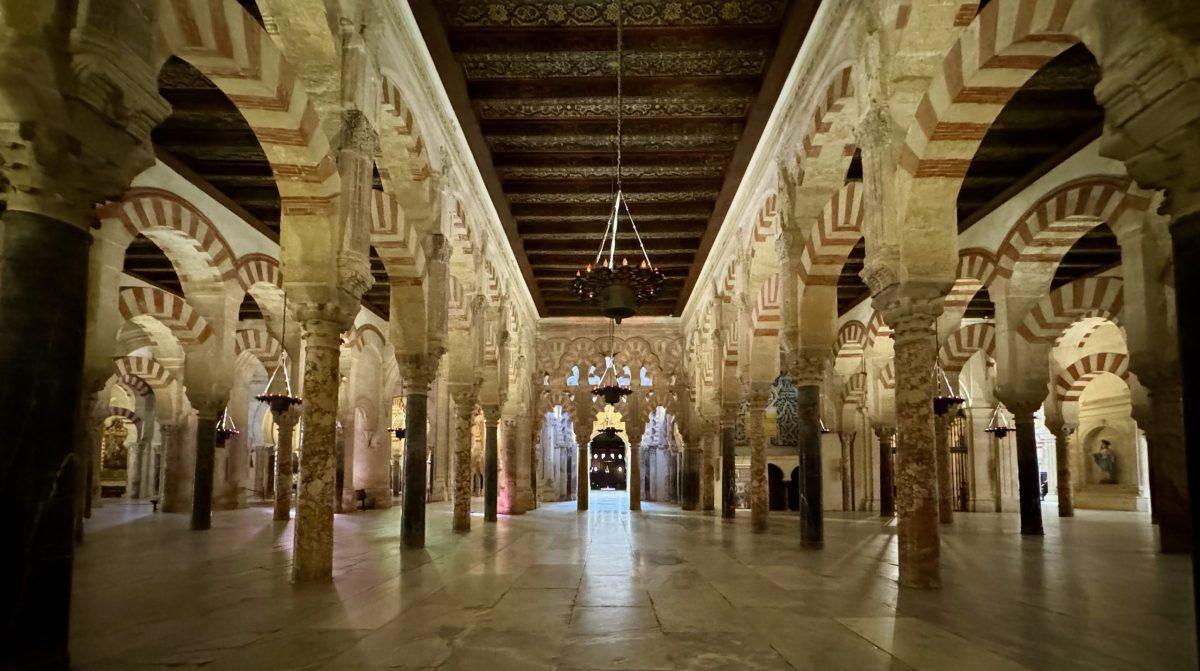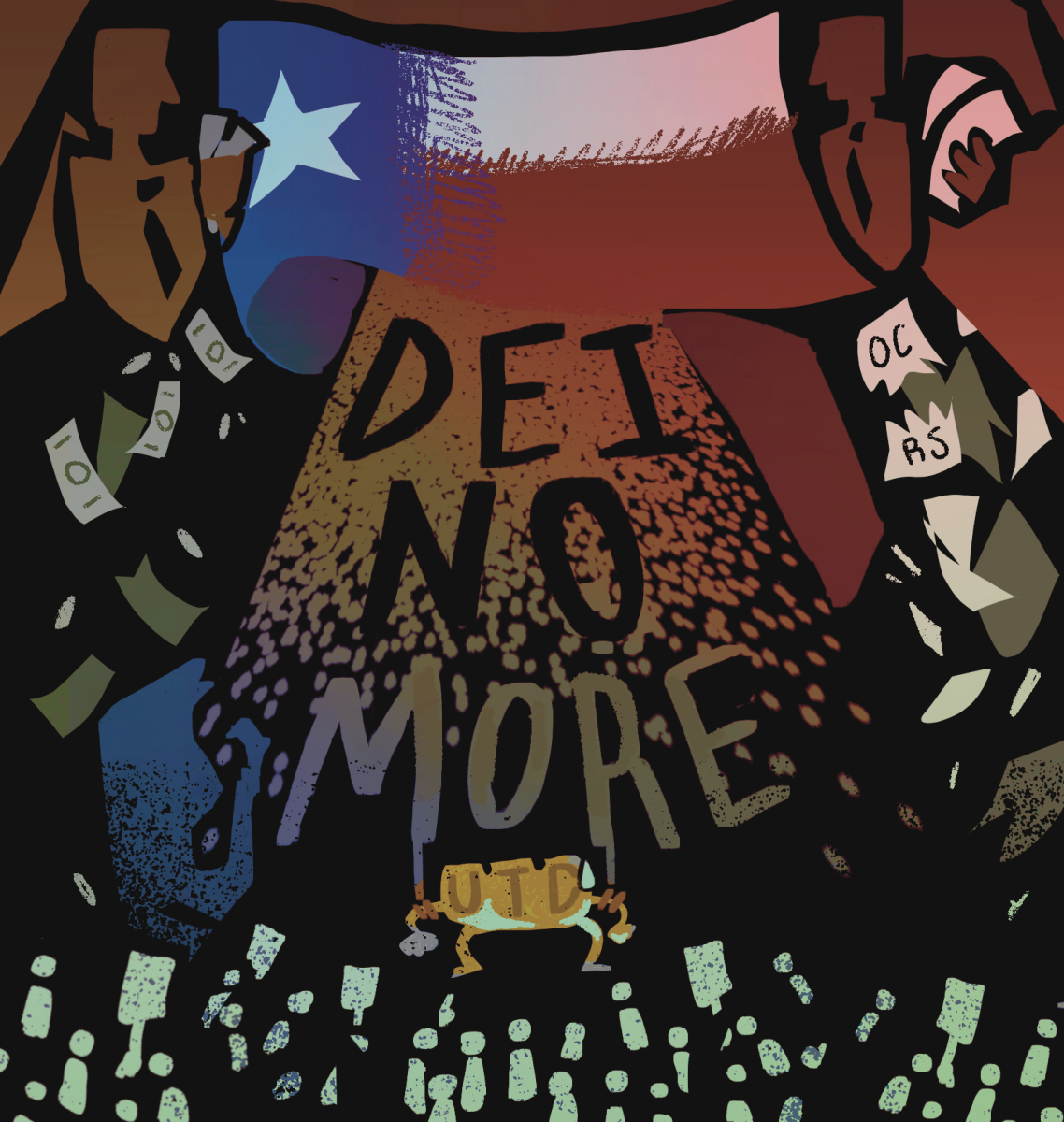“We are not the MIT of the plains, nor do we seek to be. We are a great university. We are the University of Texas at Dallas.” – Theresa Oriabure, Commencement 1992
Fifty years ago, UTD was nothing more than a small center for research and education. Forget undergraduate classes, sprawling engineering buildings and Temoc; UTD wasn’t even called “The University of Texas at Dallas” until 1969, 10 years after the research center was established. Today, it is considered one of the best research universities in the nation, has produced nobel laureates, parliamentarians and astronauts, and has grown to nearly 30,000 students.
UTD’s beginnings can be traced back to 1961, when the university’s three founders — Eugene McDermott, Erik Jonsson and Cecil Green — aimed to make a hub for research and education in the south. Their vision was realized in 1969, when Texas governor Preston Smith signed the legislation that allowed the Southwest Center for Advanced Studies to join the UT system as UT Dallas. Throughout the next 20 years, the university would award its first diplomas, bring the Love Jack to campus and welcome underclassmen.
With the introduction of underclassmen came the creation of a distinct “UTD” culture. In October 1990, students pranked the UTD community by filling a fountain outside of Founders with foam, adding a rubber duck for good measure. Nearly 30 years later, two students found a shrine to Steve Buscemi under a stairwell in Green. That same year, three students were trapped in a study room in Residence Hall Northwest for three hours. They played hangman and drew on the windows with residence hall staff until maintenance staff broke a hole through the drywall to get them out safely.
Along with our university’s playful spirit comes a sense of solidarity. A 1989 Mercury opinion article spoke out in support of student protesters at Tiananmen Square, with several Chinese students expressing similar sentiments at the time. Later on in 2001, university administrators as well as Student Government called for unity in the wake of 9/11. Students who voiced concerns about being profiled after the attacks were met with unyielding support. Finally, in early 2018 when the future of the Deferred Action for Childhood Arrivals program was in jeopardy, University President Richard Benson sent a message of support to affected students while the International Center compiled a list of resources available to them. In the face of adversity, we came together. That is the spirit of UTD.
Another hallmark of the university is its diversity. In 1993, The Mercury reported that the student population was 75% white; 10 years later, people of color made up nearly half of the university’s population. In a 2018 guest opinion, international political economy senior Sabur Woldu summed up the benefits of having such a diverse student population.
“UTD’s diversity provides you and me the ability to break bread with our brothers and sisters from across the world and has allowed communities from different corners of the globe to come together and flourish in one place,” Woldu wrote. “I myself am immersed in many different communities at UTD, and each one holds a special place in my heart. I’ve met incredible people in all of them, I’ve mingled with people I otherwise wouldn’t have and I’ve seen the beauty of all these communities coming together to make UTD feel like home for me.”
UTD has come a long way, but what’s next? It seems history repeats itself, with more buildings coming soon to accommodate for more students coming in. A new engineering building and a new science building will arrive by 2021 for the thousands of aspiring students coming in. A potential parking structure will add about 1,200 spaces for students to park their cars by 2022.
Although UTD is mostly a research-based university, it has a heart for the arts. In 2017, students voiced their concerns about the former Art Barn being taken down and was replaced by the now Physics Building. A petition was started, which received over 350 signatures in two days to keep the beloved building, which was frequently used as a space for people to paint and sculpt to their heart’s desire. After facing backlash in response to the Art Barn’s demolition, the administration is now planning to create a UTD Athenaeum by 2026, which will hold significant art collections and the Edith O’Donnell Institute of Art History. UTD will also be building a museum on-campus to house the full Crow art collection.
The next generation of Comets is already on campus finding ways to make their mark at UTD. They’ll attend classes, learn the history of the university and plan for their futures, just like thousands of students before them. What will UTD look like in the next 50 years?















